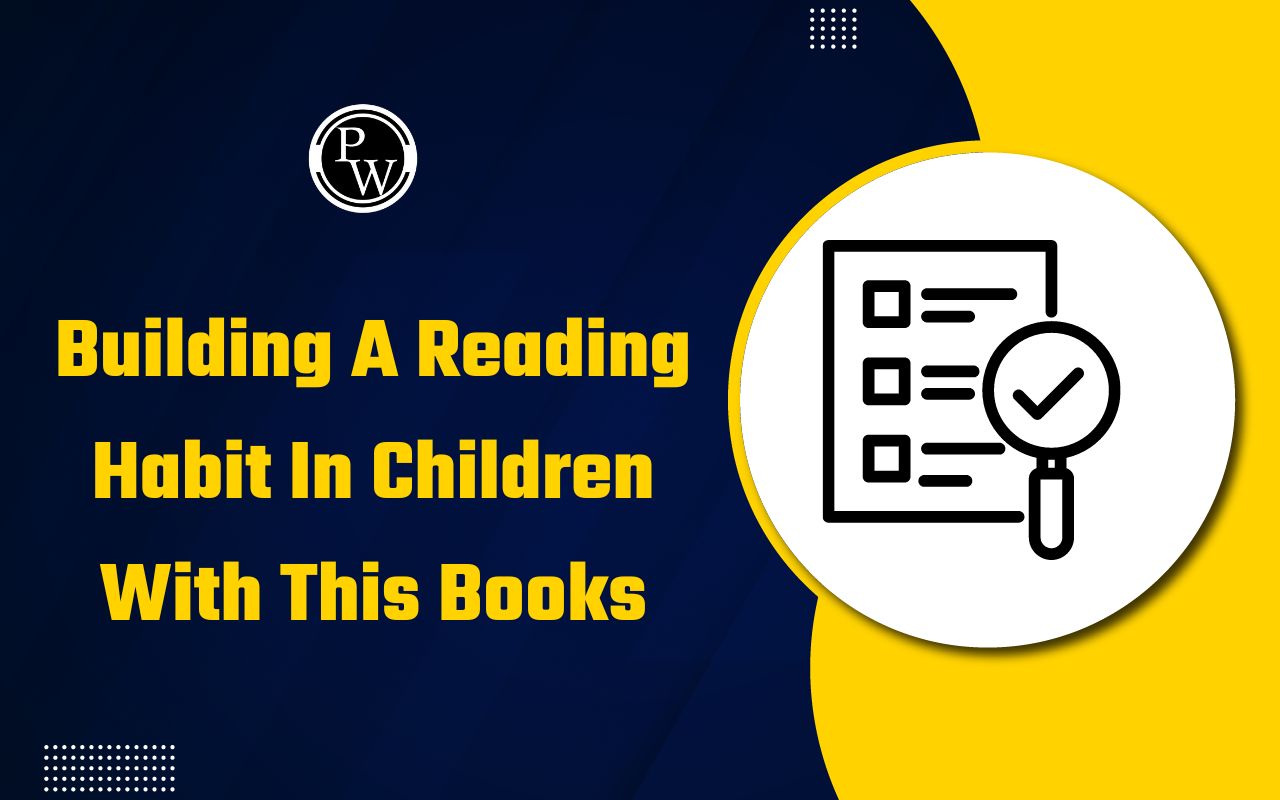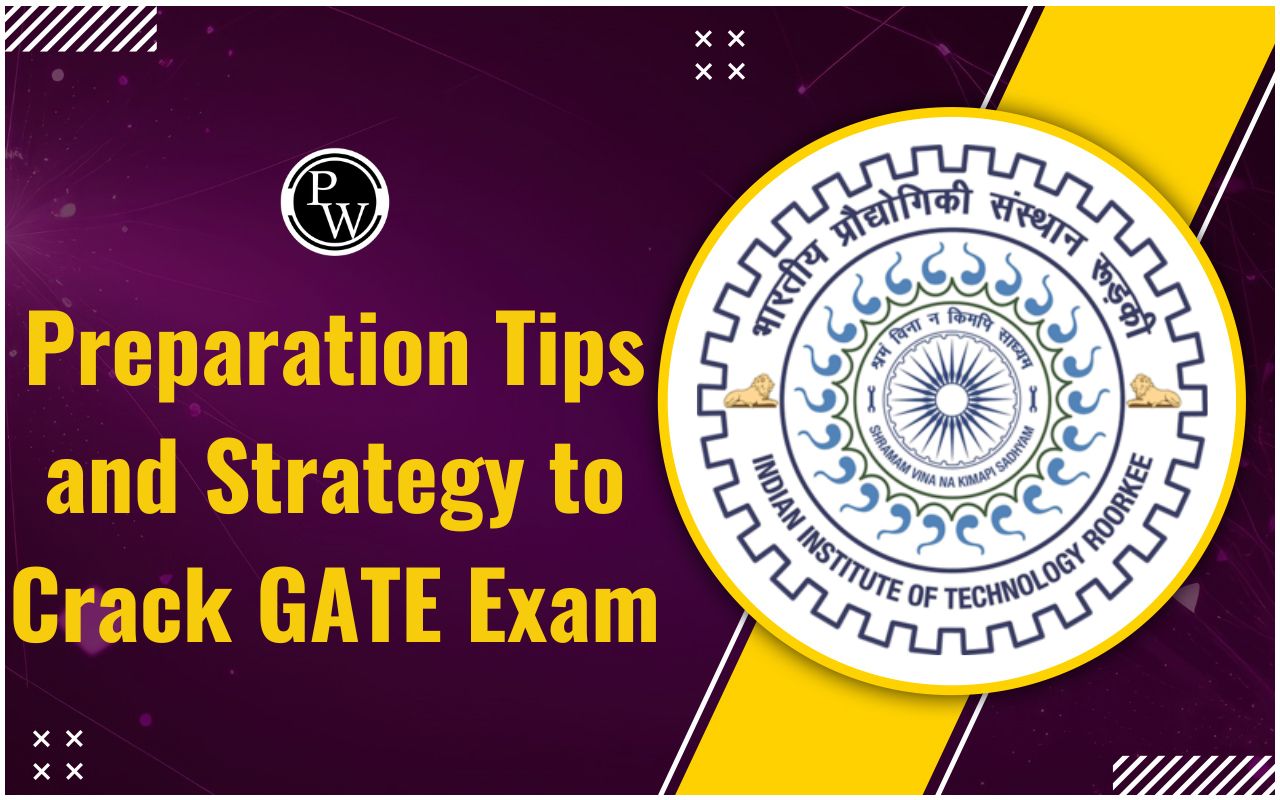NCERT Solutions For Class 11 English Chapter 3 Hornbill Discovering Tut: The Saga Continues

Class 11 English Chapter 3 Hornbill Discovering Tut: The Saga Continues:- If you're looking for the NCERT Solutions for Class 11 English Chapter 3 "Hornbill: Discovering Tut: The Saga Continues", Here is the detailed solutions to help students with assignments and exam preparation. The solutions cover all the essential concepts discussed in the chapter, ensuring a complete understanding of the topic. This chapter, which explores the fascinating discovery of Tutankhamun's tomb and its significance, is crucial for Class 11 students as it forms the foundation for more advanced studies.
The Discovering Tut: The Saga Continues question answers offer clear explanations to both long and short-answer questions. These NCERT Solutions for Class 11 English Chapter 3 help students perform well in exams by enhancing their understanding of the chapter and improving their ability to answer questions effectively. You can easily access these solutions on the website, which also offers a free download option for your convenience.
Check Out: Class 11th Books
NCERT Solution for Class 11 English Chapter 3 Hornbill Discovering Tut: The Saga Continues
Reading with Insight
-
Give reasons for the following:
(i) King Tut’s body has been subjected to repeated scrutiny.
King Tut's body has been closely examined multiple times because he is one of the most famous mummies in the world. People have always been fascinated by the mystery surrounding his untimely death, and there’s been endless speculation about whether there’s any truth to the so-called "pharaoh’s curse" that’s said to afflict those who disturb his tomb.
(ii) Howard Carter’s investigation was resented.
Howard Carter’s investigation, conducted in the 1920s, faced criticism because his methods were seen as disrespectful and damaging. In his eagerness to separate King Tut's mummy from its golden coffin, Carter used tools that caused significant harm to the body. Many felt that he was more interested in the treasures than in understanding the historical and cultural significance of the pharaoh’s life and death.
(iii) Carter had to chisel away the solidified resins to raise the king’s remains.
Carter had no choice but to chisel away the solidified resins to remove King Tut’s remains. The resins had hardened over time and fused the body to the bottom of the coffin, making it impossible to lift the mummy without using force. Even attempts to soften the resin by exposing it to the sun were unsuccessful, leaving Carter with no other option.
(iv) Tut’s body was buried along with gilded treasures.
Tut’s body was entombed with a wealth of treasures, including gold, because the ancient Egyptians believed in an afterlife where the deceased would need these items. They thought that these riches would ensure the pharaoh’s comfort and power in the next world, reflecting the grandeur of his status on earth.
(v) The boy king changed his name from Tutankhaten to Tutankhamun.
The young king changed his name from Tutankhaten to Tutankhamun as a way to restore the traditional worship of Amun, a major Egyptian deity. His father, Akhenaten, had tried to shift religious practices towards the worship of Aten, the sun disc, which was highly controversial. By changing his name, Tutankhamun was signaling a return to the old religious ways and distancing himself from his father’s unpopular reforms.
Read More: NCERT Solutions for Class 11 English Chapter 1
-
(i) List the deeds that led Ray Johnson to describe Akhenaten as “wacky.”
Ray Johnson called Akhenaten “wacky” because of the radical and unconventional changes he made during his reign. Akhenaten shifted the religious focus from the traditional gods, particularly Amun, to worship Aten, the sun disc. He even changed his name to reflect this new belief and moved the religious capital from Thebes to a new city he built called Akhetaten. He also ordered the destruction of Amun’s temples and idols, actions that shocked and alienated many in his kingdom.
(ii) What were the results of the CT scan?
The CT scan of King Tut’s mummy provided a detailed look at his remains, revealing his neck vertebrae, a hand, several views of his rib cage, and a cross-section of his skull. The scan didn’t show any signs of serious trauma or disease, leaving the exact cause of his death still somewhat of a mystery.
(iii) List the advances in technology that have improved forensic analysis.
Advances in technology have revolutionized forensic analysis in archaeology. The invention of the X-ray allowed for the first non-invasive look inside mummies. Later, the development of CT scanning technology provided even more detailed, three-dimensional images of ancient remains, helping scientists study them in unprecedented detail. These technologies have shifted the focus of archaeological studies from just the treasures found in tombs to the actual lives and health of the people buried there.
(iv) Explain the statement, “King Tut is one of the first mummies to be scanned — in death, as in life…”
This statement highlights how King Tut, who was a significant and well-known figure in life, continues to draw attention even in death. Over 3,300 years after his passing, he became one of the first mummies to be scanned using modern technology, just as he was one of the most famous pharaohs during his lifetime. This reflects his enduring legacy and the ongoing fascination with his story.
Thinking about Language
-
What do you think are the reasons for the extinction of languages?
Languages often become extinct for several reasons, the most common being the dominance of other languages that overshadow native tongues. This can happen when a language isn’t passed down to younger generations, often because they learn and use a more widely spoken language instead. Historical events like wars, forced migrations, or genocides can also lead to the loss of entire linguistic communities. Additionally, when cultural practices tied to a language start to fade, the language itself can struggle to survive. Without intentional efforts to keep these languages alive, they can quickly disappear, taking with them a wealth of cultural knowledge and diversity. -
Do you think it is important to preserve languages?
Absolutely, preserving languages is crucial. Each language carries with it unique traditions, stories, and ways of understanding the world. When a language dies out, we lose an irreplaceable piece of our global heritage. Preserving languages helps keep cultural identities alive and ensures that future generations can access the knowledge and wisdom of their ancestors. It also contributes to the richness of human experience, offering diverse perspectives that enhance creativity and problem-solving. In a world where dominant languages are increasingly taking over, preserving smaller languages is essential to maintaining the diversity that makes our world so vibrant. -
In what ways do you think we could help prevent the extinction of languages and dialects?
We can help prevent the extinction of languages and dialects by encouraging their use in everyday life, particularly among younger generations. This might involve teaching children their mother tongue at home, integrating these languages into school curriculums, and using them in media and entertainment. Community events that celebrate cultural traditions and languages can also help keep them alive. Governments and organizations can support these efforts by funding language preservation programs and promoting linguistic diversity. Additionally, recording and documenting languages, including their grammar, vocabulary, and oral traditions, is crucial for ensuring that even if a language falls out of daily use, it isn’t lost forever. By taking these steps, we can help preserve the languages and cultures that contribute to the rich tapestry of human history.
Discovering Tut the Saga Continues Summary
Discovering Tut: The Saga Continues" takes us on a journey through the intriguing life and mysterious death of King Tutankhamun, the young pharaoh who became one of ancient Egypt's most famous figures. Known as the "Boy King," Tutankhamun came to the throne at a very young age and ruled for a brief period before his sudden and unexpected death. His untimely demise has sparked numerous theories over the years, with ideas ranging from murder to illness, but the exact cause remains a mystery.
The story gained worldwide attention when British archaeologist Howard Carter discovered Tutankhamun's tomb in 1922. This discovery was groundbreaking because the tomb was almost perfectly preserved, filled with treasures that had been untouched for over 3,000 years. However, Carter’s methods during the excavation were controversial. In his eagerness to uncover the secrets of the tomb, he ended up causing significant damage to King Tut's mummy, which was cemented to its coffin by hardened resins. Despite this, the tomb gave us invaluable insights into ancient Egyptian burial practices and the lavish lifestyle of their royalty.
As the years passed, modern technology allowed scientists to study King Tut’s remains in greater detail without causing further harm. Tools like X-rays and CT scans have revealed much about his physical condition, but they have also deepened the mystery surrounding his death. We still don’t know exactly what caused his early demise, but these investigations have brought us closer to understanding the young king.
Check Out: Class 11th Question Banks
Discovering Tut the Saga Continues FAQs
Q1. Who was King Tutankhamun?
Ans. King Tutankhamun, often called King Tut, was a young Egyptian pharaoh who ruled during the 18th dynasty. He became famous after the discovery of his nearly intact tomb in 1922.
Q2. Why is King Tutankhamun referred to as the "Boy King"?
Ans. King Tutankhamun is known as the "Boy King" because he ascended to the throne at a very young age, around nine or ten, and ruled until his death at about 18 or 19 years old.
Q3. What made the discovery of King Tut's tomb so significant?
Ans. The discovery was significant because the tomb was almost perfectly preserved and filled with treasures, offering a unique glimpse into ancient Egyptian life and burial practices. It also sparked worldwide interest in Egyptology.
Q4. Who discovered King Tutankhamun's tomb, and when?
Ans. British archaeologist Howard Carter discovered King Tutankhamun's tomb in the Valley of the Kings on November 4, 1922.
Q5. What controversies surrounded Howard Carter’s methods during the excavation?
Ans. Carter's methods were controversial because he damaged King Tut’s mummy while trying to separate it from the solidified resins that glued it to the coffin. His actions raised ethical concerns about the preservation of ancient artefacts.











